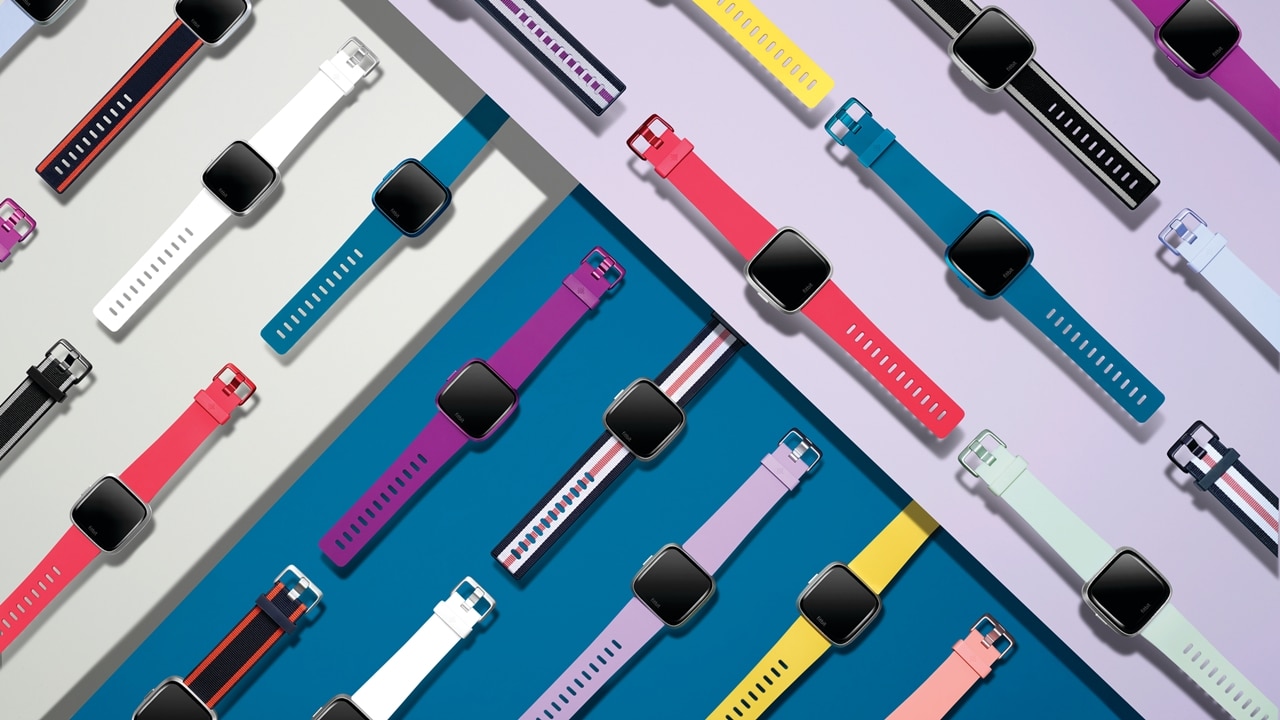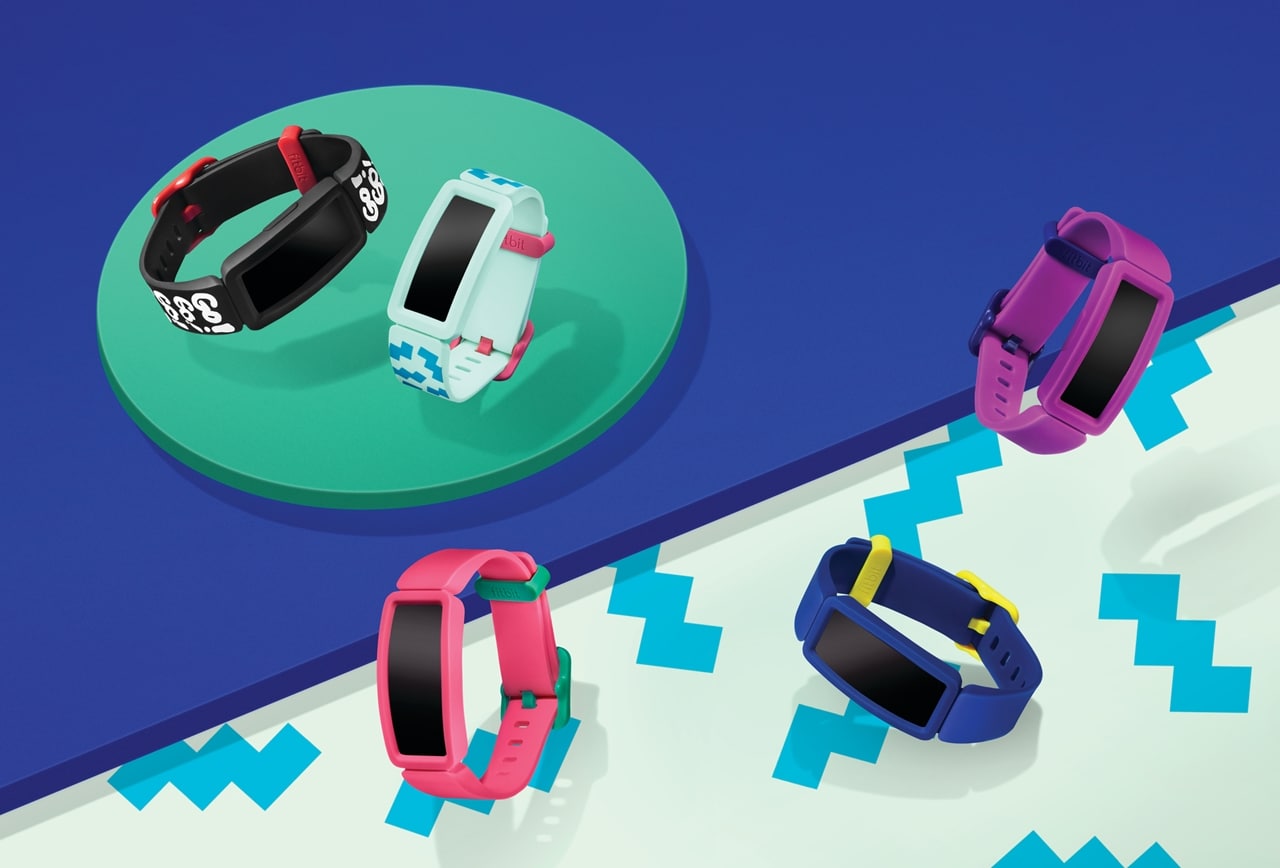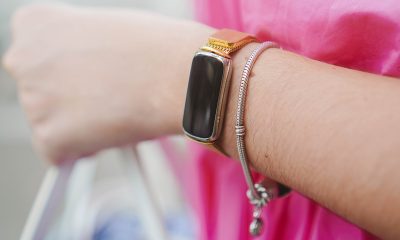News
Fitbit unveils Versa Lite smartwatch and new fitness-focused wearables
Even the kids get new smart bands

Coming from a good holiday quarter, Fitbit is determined to bring wearables to more consumers. That’s why the US-based company has unveiled a new smartwatch and three smart bands.
Versa Lite
Following the success of the Fitbit Versa is the Versa Lite. This new Fitbit smartwatch packs many of the features of the first one such as the automatic activity tracker, PurePulse (heart rate) and Sleep Stages tracking, 15+ goal-based exercise modes, connected GPS, and smartphone notifications.
It looks like the first one with its squarish body, but it only has a single button as opposed to three of the original Versa. It’s still swim-proof and has an SpO2 (blood oxygen) sensor that can detect sleep apnea.
As its name suggests, the Versa Lite has to let go of some features. It lacks automatic lap counting, it can’t count stairs either due to the absence of a barometer, and it has no built-in storage for music.
Although, this makes the Versa Lite Fitbit’s most affordable smartwatch for US$ 160. It’ll come in four color choices: Mulberry, Blue Marina, Lilac, and White.
Inspire and Inspire HR
Aside from the Versa Lite, Fitbit also introduced the Inspire and Inspire HR smart bands. These two new wearables are not full-blown smartwatches, but are instead activity trackers just like the previous Fitbit Alta series.
With a promised battery life of up to five days, the Inspire smart bands can track user’s active periods with more than 15 exercise modes, plus rest periods including sleep.
They are water-resistant for up to 50 meters and you can take them for a swim. Aside from activity tracking, the Inspire and Inspire HR have timer and stopwatch features. They connect to a smartphone to show notifications through its grayscale OLED display.
The Inspire HR gets an additional heart rate monitor, hence its name. The regular Inspire is priced at US$ 70, while the HR model goes for US$ 100.
Ace 2
Fitbit also wants to capture the kids market with the Ace 2. Other big wearable brands like Apple and Samsung don’t have products for kids yet, which makes this segment pretty exclusive to Fitbit.
If the old Ace is based on the Alta, the new Ace 2 is a kid-friendly version of the Inspire. It has a durable bumper design and it’s water-resistant. Like the Inspire, it can last for up to five days on a single charge.
The Ace 2 hopes to help kids build healthy habits. That’s why aside from the usual activity tracking, it also features friendly competition with other Ace 2 users and they can win virtual badges when certain goals are met.
The smart band for kids shows cutely animated watch faces that match the bright Watermelon/Teal and Night Sky/Neon color options. Printed bands are available as well. It’ll be sold for US$ 70.
All the new Fitbit wearables will be available starting this month, aside from the Ace 2 which will come during the summer.
SEE ALSO: Exercising with the Fitbit Charge 3: Workouts you can do while traveling

News
Xiaomi Redmi A3 Philippine pricing, availability
Budget smartphone with high refresh rate display

Xiaomi is bringing high refresh rate displays to its budget line with the announcement of the Redmi A3. The latest addition to the entry-level Redmi line boasts of an expansive 6.71-inch HD+ display with up to a 90Hz refresh rate.
The Redmi A3 is available in Midnight Black, Star Blue, and Forest Green. The smartphone is priced at PhP 3,399 (3GB+64GB) and PhP 3,999 (4GB+128GB) respectively for its two configurations.
Customers may preorder the phone until April 27 via Lazada, Shopee, and TikTok. General sale begins April 26th in all Xiaomi stores nationwide. Freebies are a Basic Piston Earphone for online purchases and a 3-month Viu Premium subscription for in-store purchases.
The Redmi A3’s immersive screen allows users to consume various content in high-definition with better smoothness, a boost for a phone of its price point. The screen has Corning Gorilla Glass 3 protection as well, and DC dimming to reduce blue light exposure.
The phone also sports a refined design that lets go of the iPhone-looking camera arrangement. Instead, the main camera is now in the middle as part of a watch face-looking setup similar to other Android phone offerings.
Speaking of, an 8MP main shooter highlights the back of the Redmi A3. In front is a 5MP front camera. The phone is powered by a MediaTek Helio G36 processor and runs on an Android 14-based OS. Furthermore, it has a 5,000mAh battery with 10W of USB-C charging.
Other handy Redmi A3 features for users to utilize include a 3.5mm jack, Face Unlock, and Fingerprint Unlock.
For the longest time, Google kept Pixel and Android behind two different teams. While the Pixel team dealt with devices made by and for the brand, the Android team ships a product meant for brands outside of the company’s purview. However, the days of separation are at an end. Google is officially merging its Pixel and Android teams together.
In a shocking announcement, the company has confirmed that the teams handling hardware and software will fall under a single team headed by Rick Osterloh. Prior to the merge, Osterloh was the senior vice president of devices and service, which was Google’s hardware branch. He will now oversee both hardware and software.
Because of the new leadership change, Hiroshi Lockheimer, former head of Android, will now move on to other projects within Alphabet. Of note, the change is not harsh for Lockheimer. He and Osterloh had been contemplating on the merge for a while.
Now, why the change? As is the case with everything today, it’s all because of AI. Speaking to The Verge, Osterloh explains that the merge will help with “full-stack innovation.” With how technology is these days, it’s now impossible to develop AI without having a close eye on hardware, such as in Google’s AI developments for the Pixel camera. Merging the teams will help streamline development, especially when hardware is involved.
Despite the change, outside brands, like Qualcomm’s Cristiano Amon, remains confident of Android’s capabilities outside of Google. Just expect more AI coming out in the near future.
Since the Pixel 6 series, Google continues to wow the market as one of the most unique camera designs available in the market today. This year, the brand’s Pixel 9 series might reinvent itself again with a slightly updated redesign.
Between the Pixel 6 and Pixel 8 series, Google introduced a wraparound camera island extending from the left edge to the right edge. While most smartphones today still use the traditional top-left island layout, Google’s lineup consistently grabs admiration from onlookers.
Now, according to an early leak (from Rozetked, via 9to5Google), Google might cut the camera island’s size before it reaches either side of the Pixel 9. The remaining chunk looks like a horizontal pill-shaped camera island right in the middle of the rear panel. It looks like a common camera island comically enlarged and turned on its side. Alternatively, it also looks like a webcam attached to a phone.
Based on the new leak, the new camera island will have three unknown lenses, the usual LED flash, and an unconfirmed sensor. Besides the different camera, the leak also confirms the usual tray of hardware on the side. There’s nothing too revolutionary.
As always, the Pixel 9 series is scheduled to come out in the fall of this year.
SEE ALSO: Pixel 9 series will reportedly come in four models
-

 Features1 week ago
Features1 week agoFortify your home office or business setup with these devices
-

 Events2 weeks ago
Events2 weeks agoStellar Blade: PlayStation taps cosplayers to play Eve for game’s launch
-

 Gaming2 weeks ago
Gaming2 weeks agoThe Rogue Prince of Persia looks like an ultra-colorful roguelite
-

 Accessories2 weeks ago
Accessories2 weeks agoLogitech unveils G Pro X 60 gaming keyboard: Price, details
-

 Gaming2 weeks ago
Gaming2 weeks agoStar Wars Outlaws release date revealed
-

 Reviews1 week ago
Reviews1 week agorealme 12+ 5G review: One month later
-

 Gaming2 weeks ago
Gaming2 weeks agoLenovo confirms development of a Legion Go 2
-

 Deals2 weeks ago
Deals2 weeks agoTCL P635 TV: Big savings for TCL’s anniversary



























